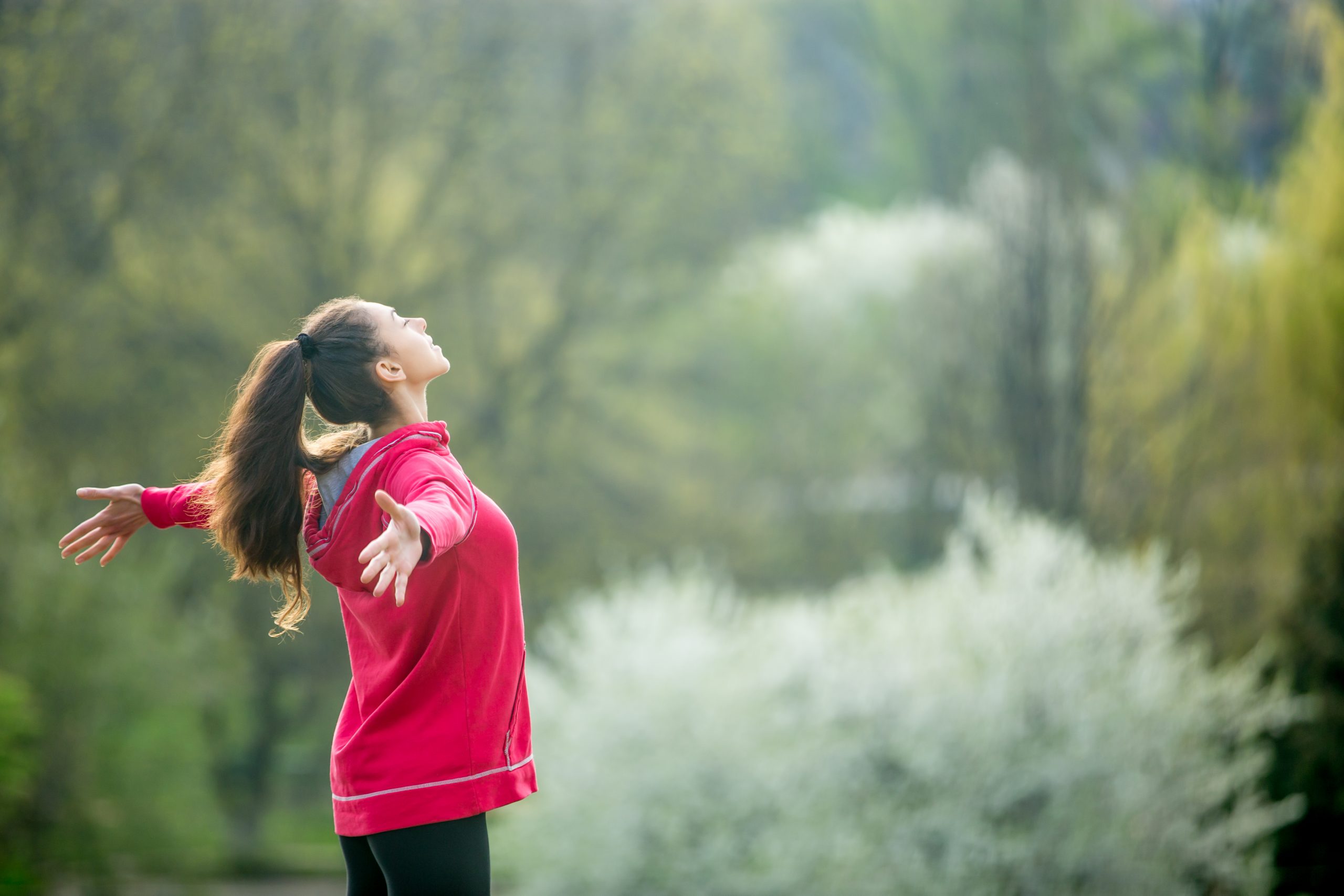Why Exercise is an important part of our self-care tool kit.

January is traditionally a time when there are lots of adverts around diet, weight loss and how to achieve your fitness goals in the media. If you find this overwhelming, I would like to invite you to take a calmer approach to improving your health and wellbeing for 2025 and reframe how you think about movement. Instead of thinking of exercise as a punishment or chore that we have to do, think of it as part of your self-care toolkit.
We might think about a relaxing soak in the bath with candles and a face mask, finding time to read in a quiet corner or going for a long walk as part of our self-care toolkit. But by having a more diverse range of activities to choose from means that we can nurture both our body and mind, depending upon how we feel. If we can add exercise to our self-care toolkit we can choose different activities for different moods.
From my conversations with clients, we recognise that it is best to have a variety of movement options to choose from, as it can help us work around life’s challenges. By building a self-care toolkit, you’re setting yourself up for a balanced and resilient approach to life’s ups and downs.
The Physical Benefits of Exercise
We already know that exercise improves cardiovascular health, strength, flexibility and endurance, but it can also massively help our mental wellbeing and outlook on life too. Movement releases endorphins, which help us to boost our mood, reduce stress and anxiety as well as improving concentration, clarity and sleep quality.
In addition to a weight or resistance training session, a run or team sports session, there are several other less intense movement sessions we can add in to our self-care toolkit to improve our mental wellbeing. Activities like Yoga, Pilates or Tai Chi are ideal. All three incorporate mindfulness, deep breathing and physical posture, which help calm the mind, relax tension in the shoulders and the slower breathing can help to reduce overall stress levels. Regular practice can help us to enhance concentration, encourage self-awareness, build emotional resilience to aid a stress reduction, increase mental clarity and promote a sense of mental calm and focus. They help to foster a strong connection between the mind and body, leading to greater self-awareness and inner peace. Tai Chi is considered a slow practice and can really help balance emotions by nurturing a sense of inner peace and stability.
In addition to the above three types of movement meditative walking combines the physical benefits of walking with the mental and emotional advantages of meditation. The benefits of the rhythmic movement and even breathing help to calm the mind, it encourages us to pay attention to our surroundings, our breath and the sensations in our body, resulting in a sense of mindful presence. This combination of physical activity and mindfulness can boost endorphin levels maybe more so than the yoga, Pilates and Tai Chi, leading to improved mood and reduced symptoms of anxiety or depression. We can use this on days when we need to clear our mind of clutter and find a bit more perspective. If practiced outdoors, so much the better meditative walking can enhance our connection with nature to help us feel more present.
Together, these four different practices offer a holistic approach to mental wellbeing and emotional balance, providing us with tools to manage stress, enhance focus and promote a sense of calm and wellbeing.
How to implement self-care goals
It is really important to include flexibility when setting self-care exercise goals, so having adjustable goals rather than committing to a strict daily workout regime is important. We can aim for a certain number of workout sessions per week but build in flex in case life events get in the way. Having a weekly step goal rather that a daily one for example gives us room to flex within a busy week but to still achieve a goal.
Intuitive movement theory is all about listening to our bodies and why it is important to build in rest days when needed. Planning rest is as important as planning exercise, taking this approach can help to prevent burnout or injuries, hopefully then creating a sustainable longer term fitness journey. It is also important to mix things up to keep things interesting. Sometimes, circumstances prevent us from going to the gym, if we have a range of movement in our self-care toolkit we can swap this for something else, like a home yoga workout, jog or meditation.
It is important to be consistent with these new activities, so building in rewards to celebrate small achievements and progress is key. This positive re-enforcement can help us to keep motivated without adding stress. By planning workouts and self-care sessions in advance, we are more likely to stick to them and by having a contingency plan in place can help to alleviate stress in case our original plan falls through.
If you have set yourself a new year’s resolution to become fitter and healthier for 2025 and January has not quite gone to plan, please get in touch to see how I could help. I can create a personalised fitness plan that works for you or run a personalised training session to get you started.
